The South of France has a perpetual charm that has always attracted visitors. Provence is placed in Southeastern France.
It was the first Roman region beyond the Alps. Romans called it Provincia Romana, which resulted in its present name.
Land of History, Art and Lavender
Provence is plenty of history, colorful cities, and villages. It is also the land of sunflowers, olive trees, vineyards, castles, and Roman vestiges.
This lovely land attracted many artists, poets, writers, and painters. The names of Marcel Pagnol, Vincent van Gogh, Frédéric Mistral, Paul Cézanne and many more artists are linked with Provence.
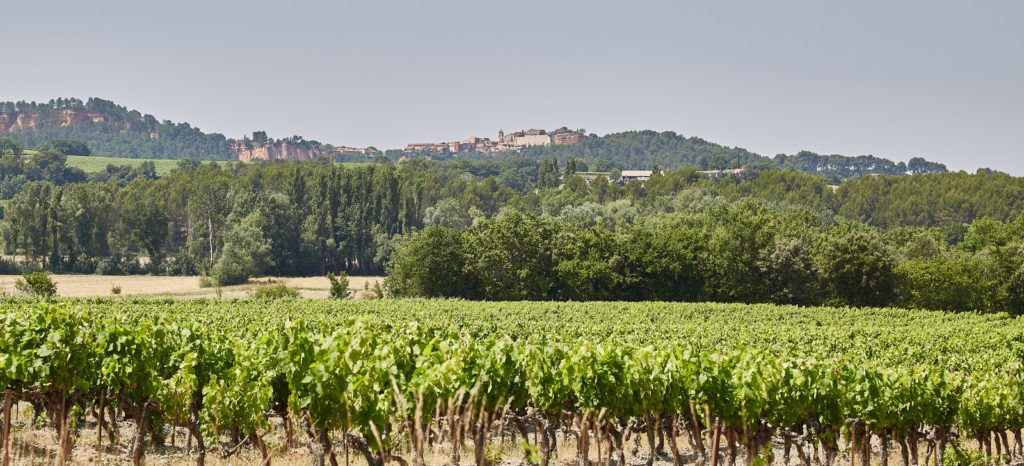
I started learning French reading the literary works of one of France’s most significant contemporary writers, Marcel Pagnol (1895-1974). I recommend you to watch ‘Jean de Florette’ and ‘Manon des Sources,’ novels adapted for two movies where Pagnol shows not only the Provençal ambiance but also the gorgeous landscapes of Provence.
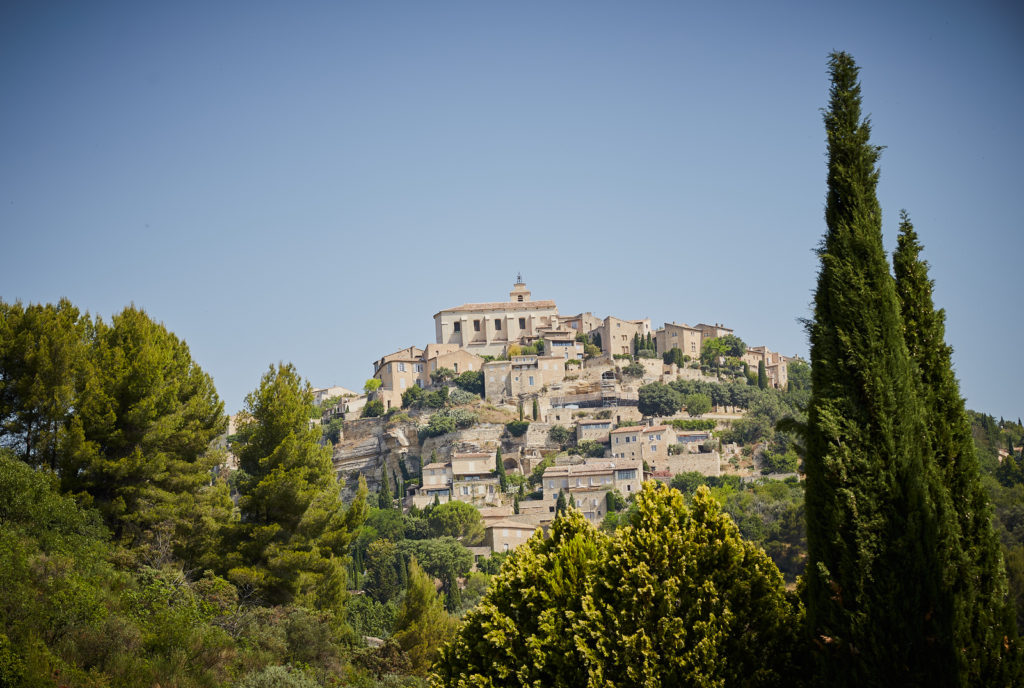
The best way to visit Provence is by wandering off local roads that will lead you across charming hilltop villages, delightful valleys, and ancient abbeys like the famous Abbaye Notre-Dame de Sénanque, a soothing 12-century monastery enclosed by ranks of lavender. Get up early to arrive before hundreds of touristic buses!
Aigues-Mortes
The name of this city of the South of France means ‘dead waters.’ It is in the Languedoc-Roussillon province.
It was founded by the Romans in 102 BC. King Louis IX reconstructed the port in the 13th century. At that time, Aigues-Mortes was the unique French port of the Mediterranean.
The city was designed as a fortified town. Two Crusades left Aigues-Mortes for Holy Land, the Seventh Crusade (1248) and Eighth Crusade.
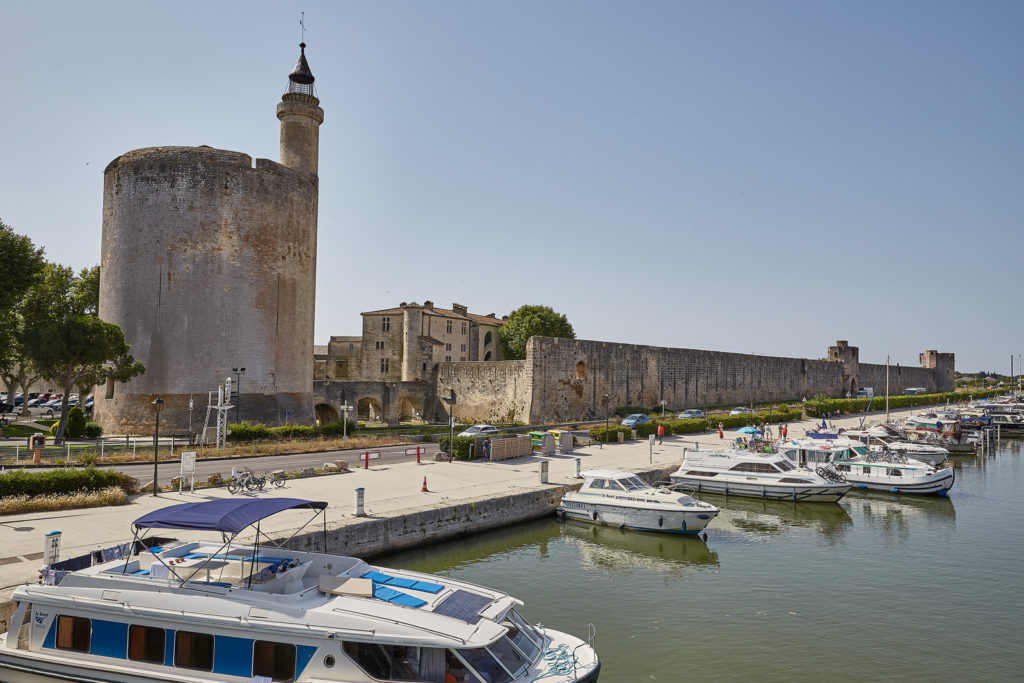
Saint-Guilhem-le-Désert
Saint-Guilhem-le-Désert is a medieval village placed in a narrow valley where the Hérault river flows.
It is considered one of the most beautiful villages of France and the Way of St James passes through it.
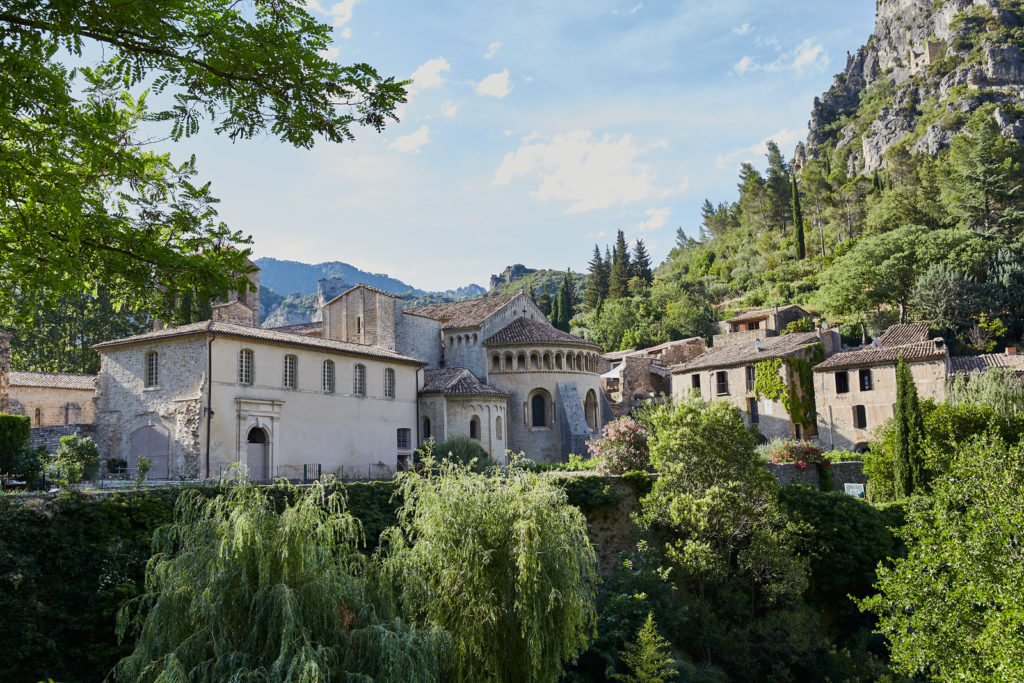
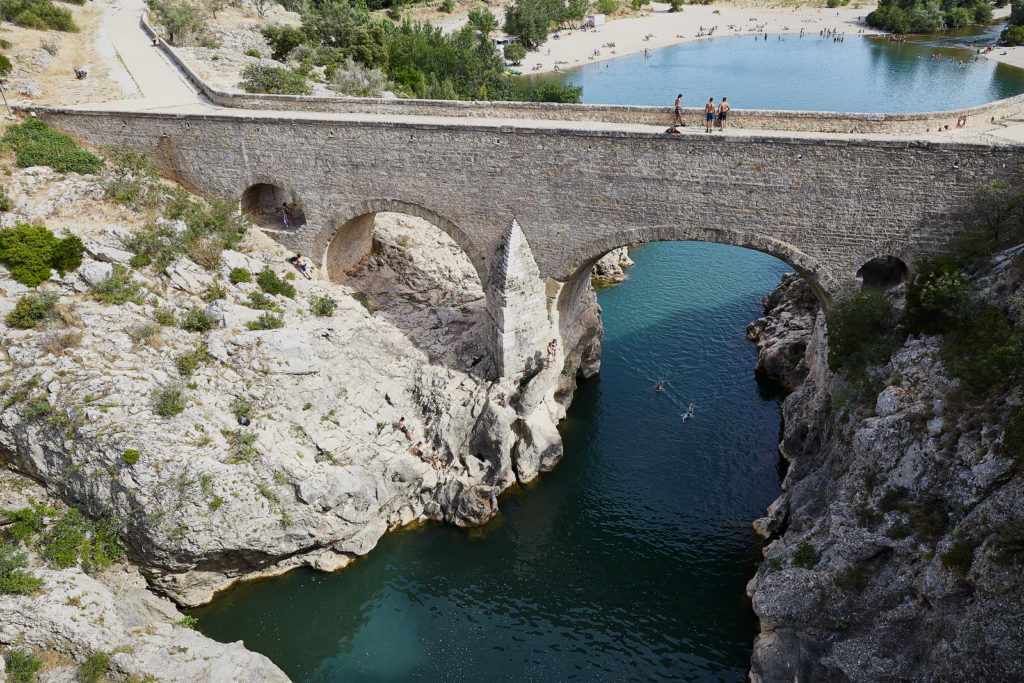
Saint-Rémy-de-Provence
Located in the core of the Provence, Saint Rémy is one of the emblematic places to visit in Provence. Its ancient streets are filled with exquisitely restored old buildings. The village is surrounded by valleys with lots of lavender and vineyards fields.
There are some must-see places around Saint-Rémi.
The archeological site of Glanum
Glanum was a wealthy Roman city on the sides of the Alpilles heights. It has two well-preserved Roman monuments of the Ist century B.C., a triumphal arch and a mausoleum known as Les Antiques.
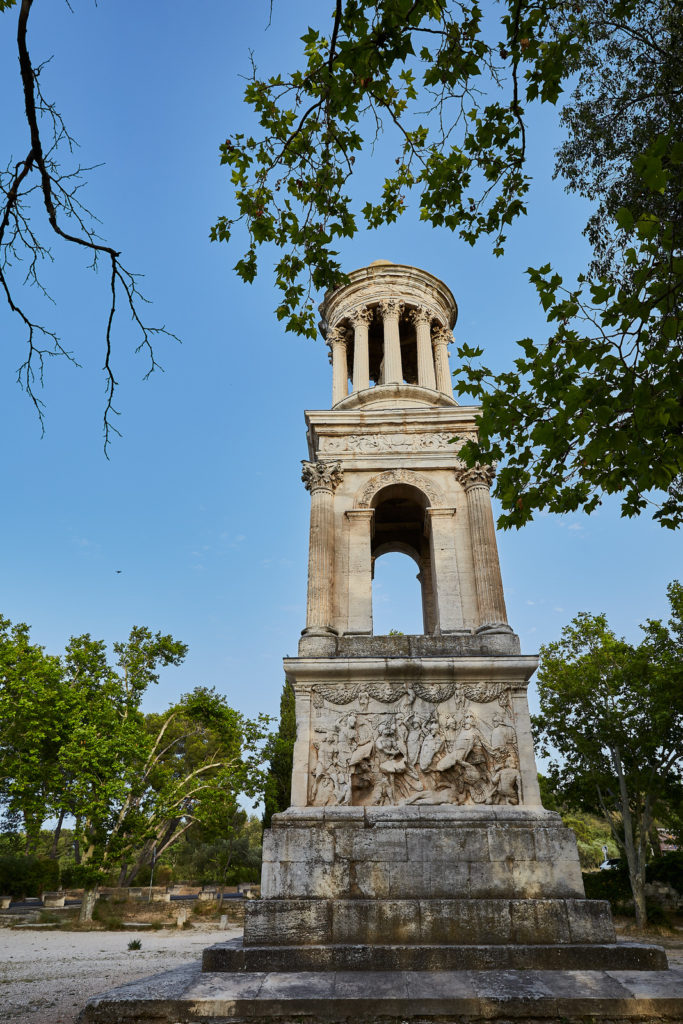
Les Baux-de-Provence
Les Baux is a charming medieval hamlet that has a magnificent situation on the top of a hill in the Alpilles mountains. It is crowned with a ravaged fortress overlooking the plains around.
It also has been nominated one of the most beautiful villages in France.
Hint: don’t miss the Cathédrale d’Images, a fairy and large slide presentation in the night. The screen is the limestone cliffs of the quarry where the spectator is immersed in a visual and lyrical world.
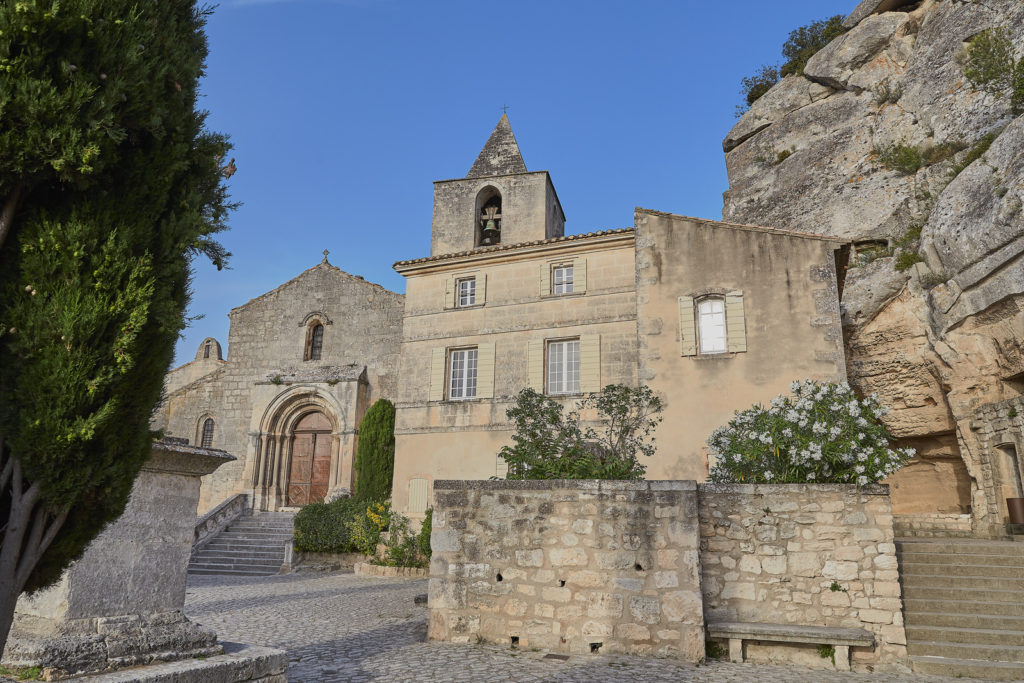
Arles
Arles is a city placed in the Bouches-du-Rhône department. It became a significant Roman city during the Roman civil war between Julius Caesar and Pompey. Arles provided Caesar military support, and Massalia (Marseille) backed Pompey. At the end of the conflict, victorious Caesar rewarded Arles for its help by founding in 46 B.C. a colony under Roman law and granting it with part of Massilia confiscated territories. He settled there the veterans of the VIth Legion who had remained faithful to him during the civil war, whence the name of the new colony Colonia Julia paterna Arelate sextanorum. This decision allowed the free Arlesian people to become Roman citizens.
The main places to visit in Arles are The Arena or Amphitheatre, the Gallo-Roman Theatre, the Romanesque Church of St. Trophime and the Musée d’Arles et de la Provence Antiques.
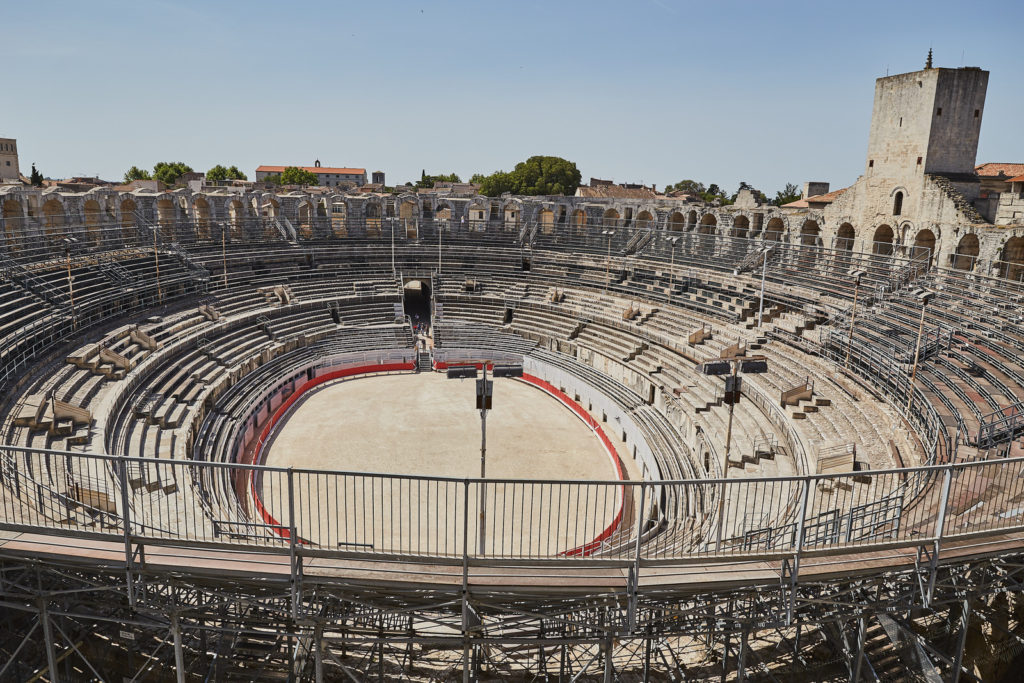
Take your time to visit and enjoy this marvelous Roman city.
Bullfighting is a local custom in the South of France. This tradition comes from Roman times, and it takes place in the Roman Arena of Arles.
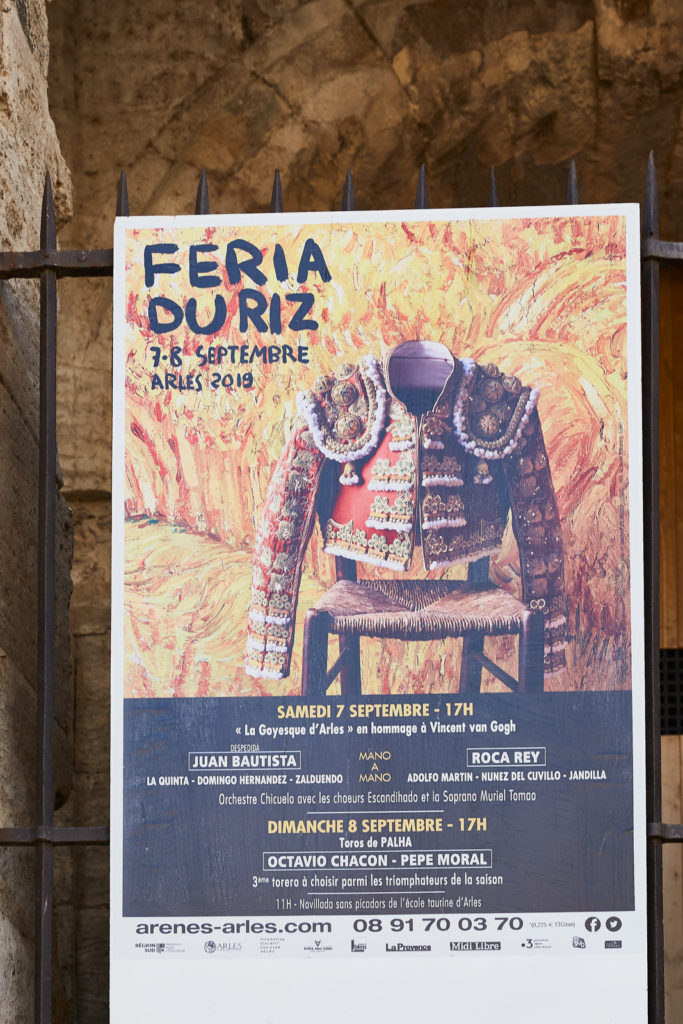
Pont du Gard
The Pont du Gard aqueduct bridge, over the Gardon River, was built in 19 B.C to supply water to the city of Nemausus (Nîmes) from the springs of the Fontaine d’Eure. It is one of the most magnificent Roman constructions in Europe. It is the highest and best-preserved aqueducts.
It belongs to UNESCO’s World Heritage Sites.
The place is perfect for taking a bath in summer, and the best light to take pictures of the monument is at dusk.
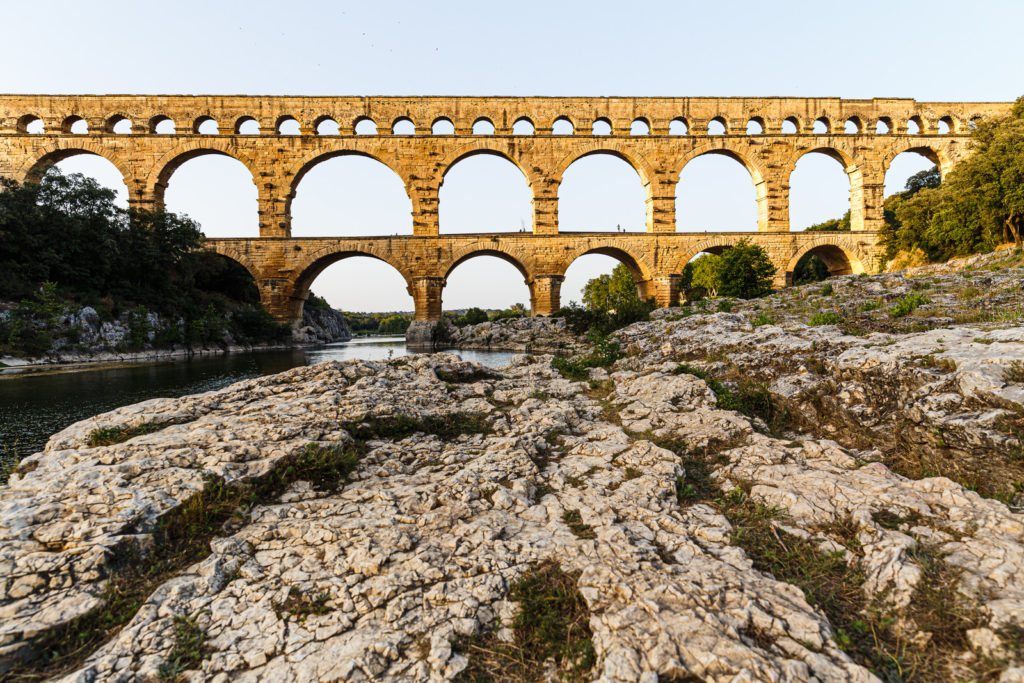
Abbaye de Notre Dame de Sénanque
The Abbaye of Sénanque is one landmark in the heart of Provence. It is in the middle of lavender fields. It is a Cistercian abbey founded in 1148 by Ramon Berenguer II, Count of Barcelona and Provence.
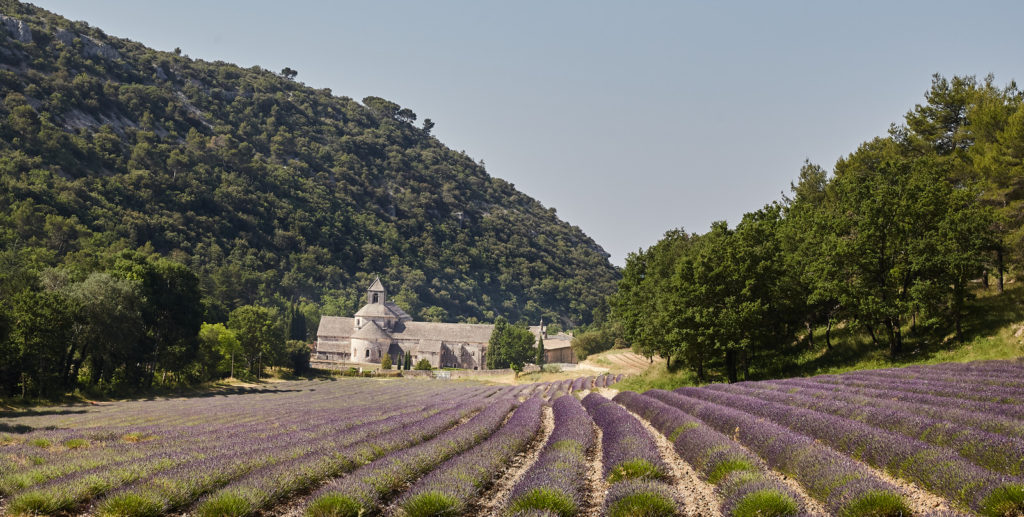
Tips&tricks
Be aware of what is the best flowering period of the lavender to make the most of your pictures.
Get up early to get the best light conditions and avoid crowds of tourists.
Vaucluse
It is a department in the Provence-Alpes-Côte d’Azur region. It is named after the well-known fountain, the Fontaine de Vaucluse. There are many picturesque and colorful villages to visit: Gordes, Roussillon, and L’Isle-sur-la-Sorge.
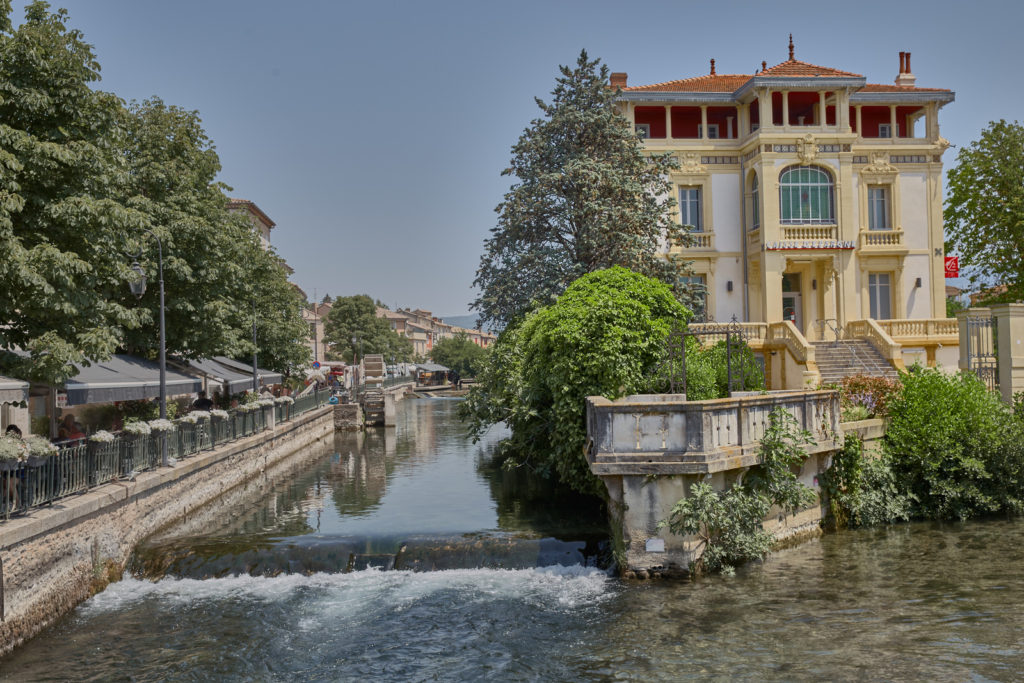
The latter is a pretty town ideal for having lunch at the Café de France (https://cafedefrance-cafe.business.site/).
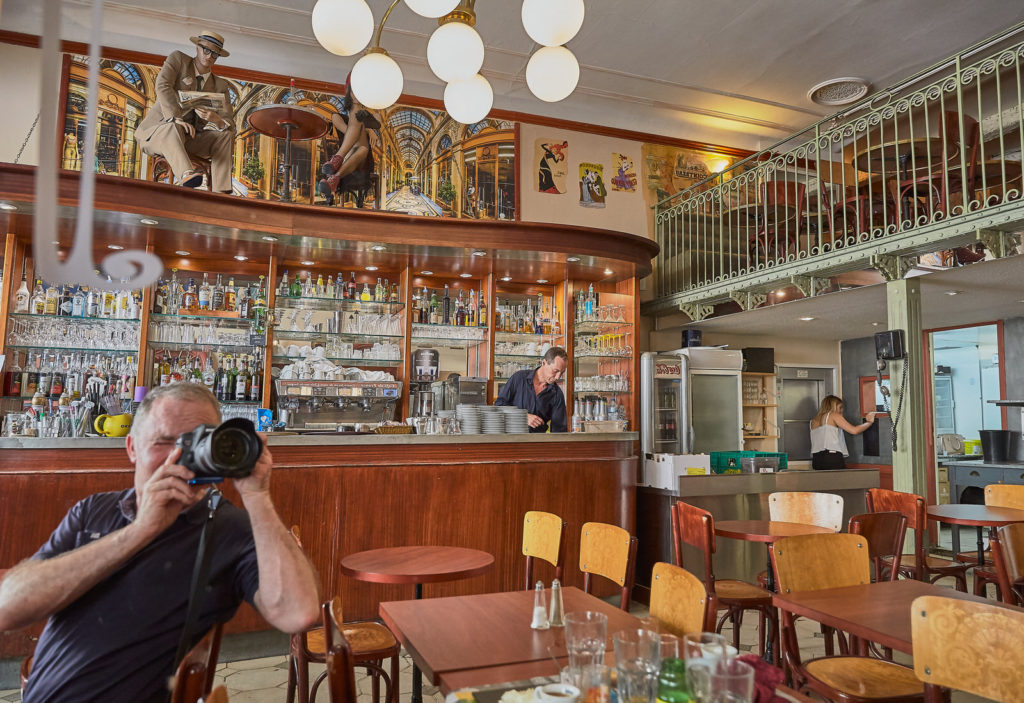
This café is a delightful ancient cafe where you can try exquisite and tasty dishes like entrecôte de boeuf, magret de canard rôti, foie gras maison, etc.
Avignon
I could spend months writing about this fantastic city filled with tons of historical facts. But the aim of this post is only to give you some tips and tricks when you visit this place that it is waiting to be discovered by you.

Avignon is well known as the city of the Popes, just like her Italian sisters Rome and Viterbo. During the Avignon Papacy, between 1309 and 1377, seven consecutive popes lived in Avignon
In 1791, the French Revolution snatched the papal control from the Pope’s hands, and Avignon became part of France.
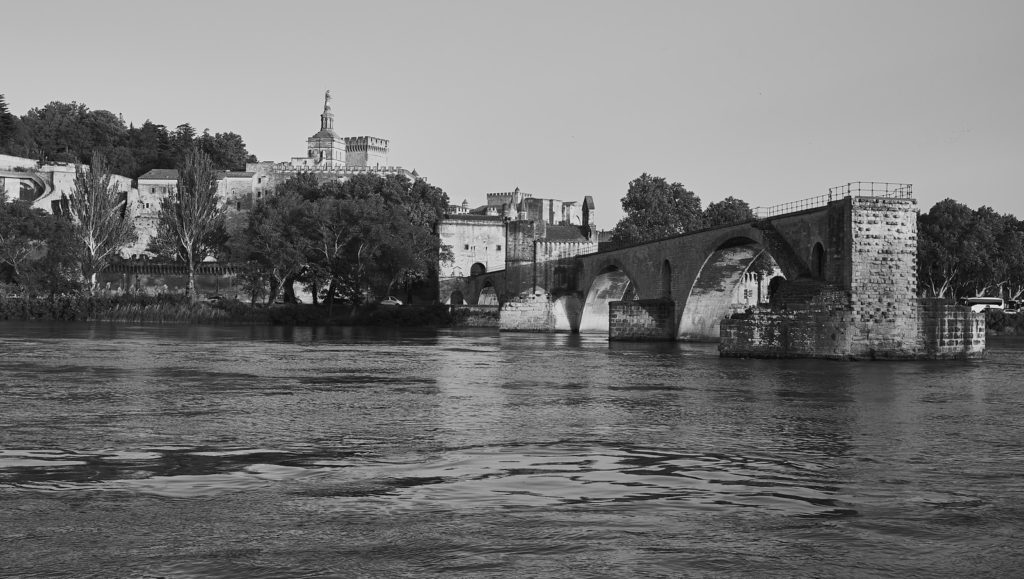
The most important places to visit in the historic center are the Cathedral, the Palais des Papes, the city walls and the famous Pont d’Avignon. It is also called Saint Bénézet Bridge that was miraculously built, according to legend, by a humble shepherd in 1180.
Later, battles and continuous flooding by the Rhône river partially demolished the bridge.
Tips&tricks
You can park your car for free in the public parking placed in the Île de la Barthelasse. This island, in the middle of the Rhône River, is the second-largest fluvial island in Europe.
I recommend you to stay in a charming and quiet hotel placed on the island, called Domaine de Rhodes (http://www.domainederhodes.com/). It is an ancient building from the XVI century managed by two outstanding hosts, Emmanuelle and Cyrille. They are incredibly kind and helpful. They will advise you about the best places to visit.
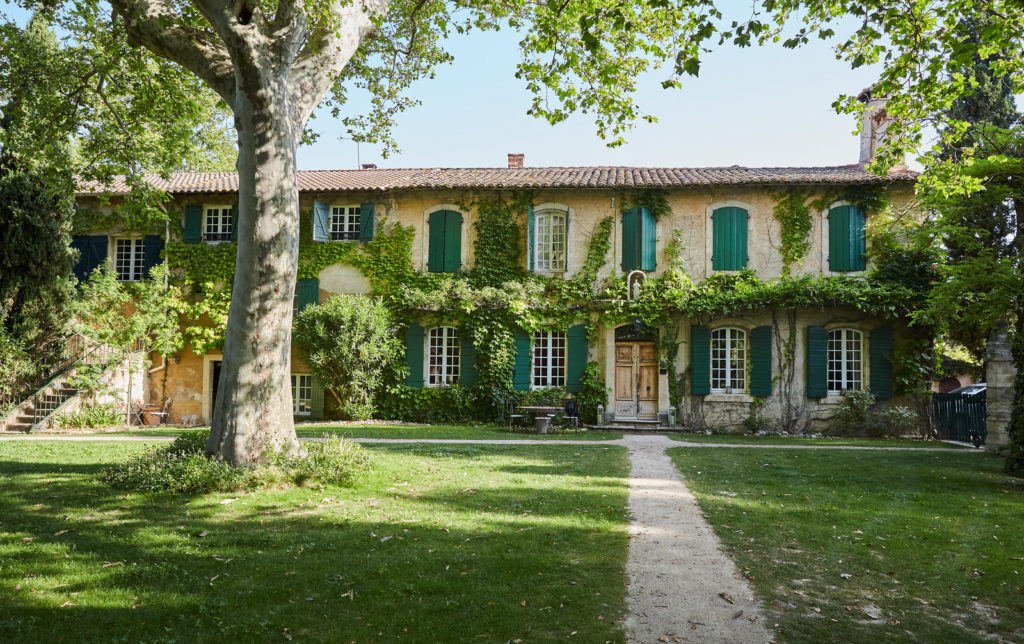

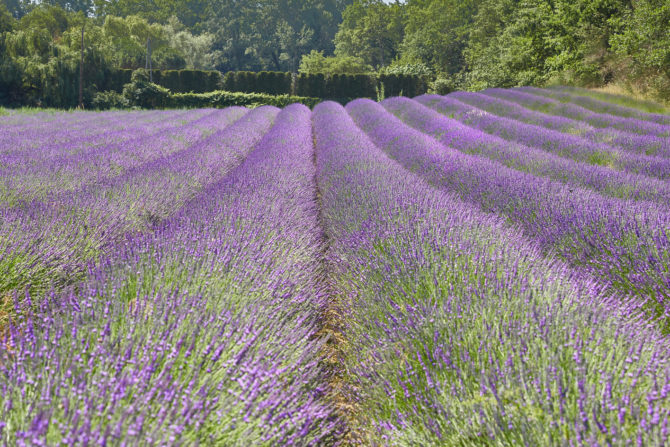
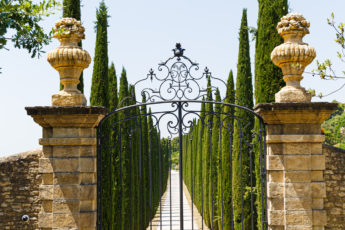
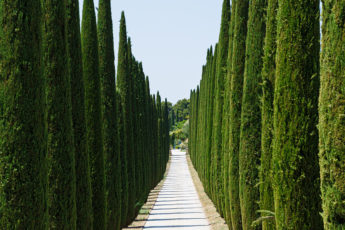
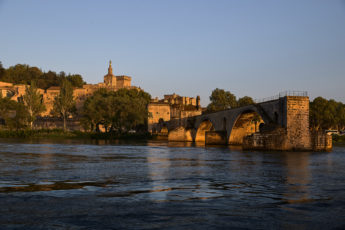
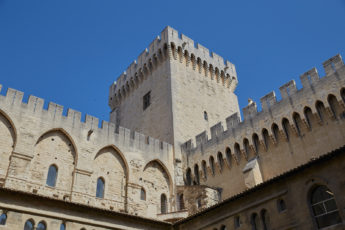
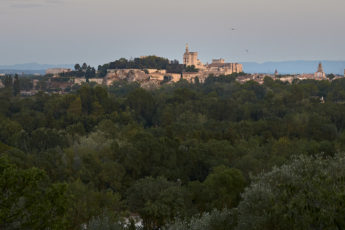
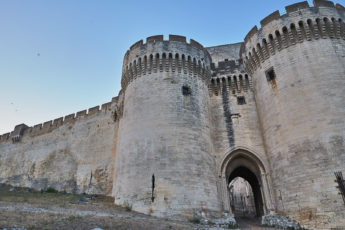
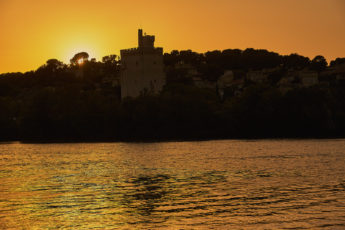
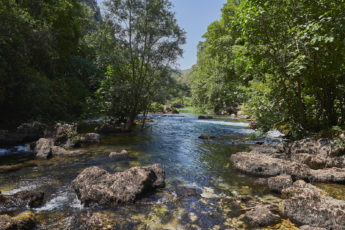
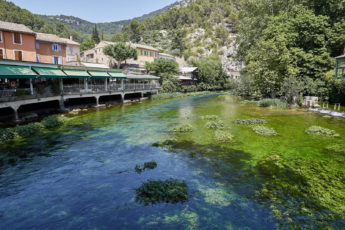
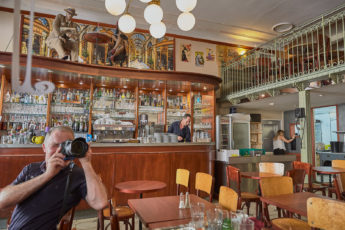
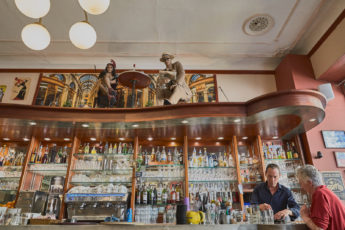
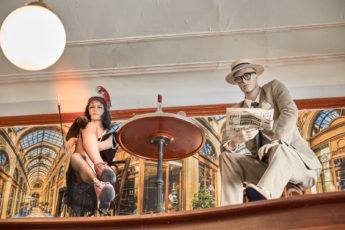
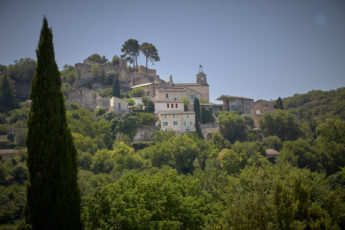
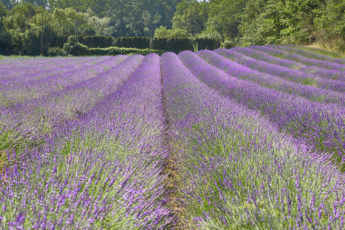
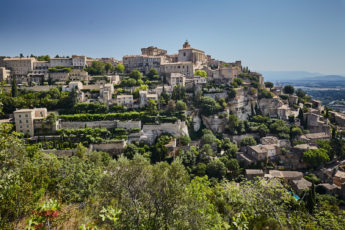
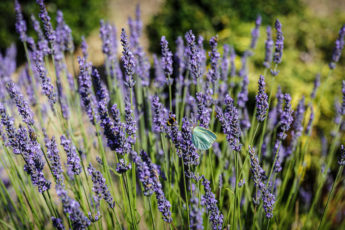
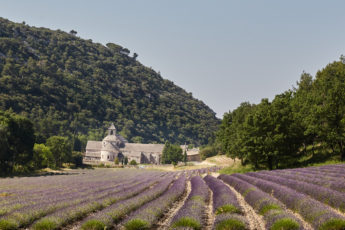
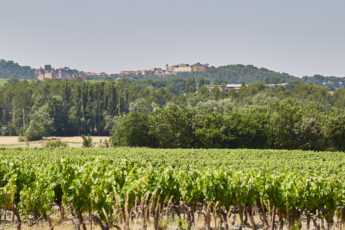
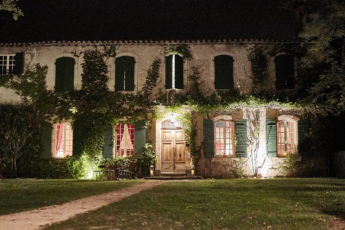
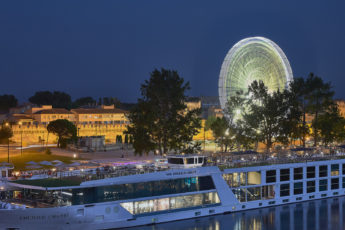
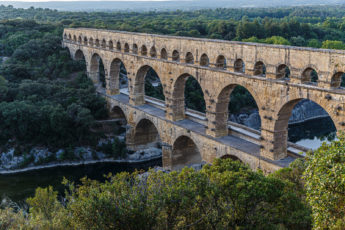
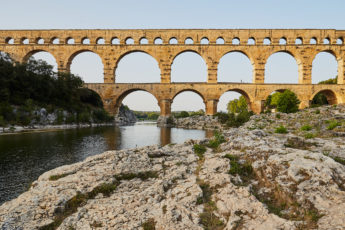
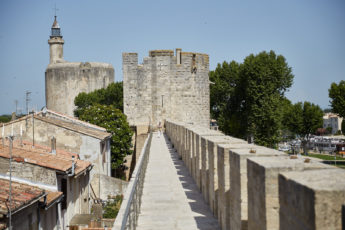
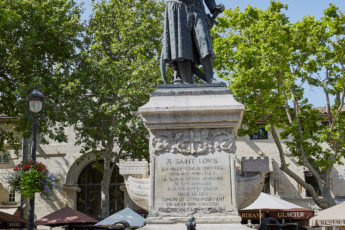
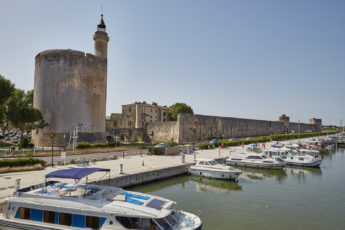
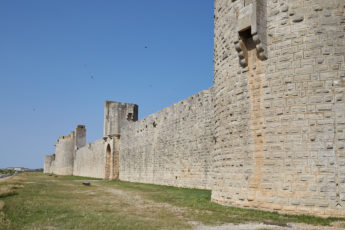
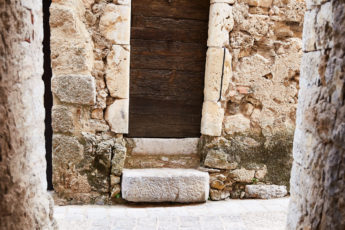
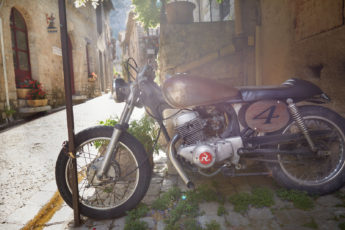
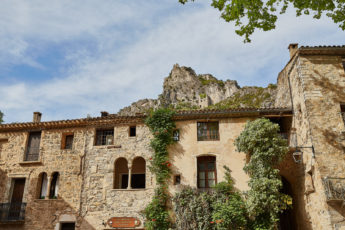
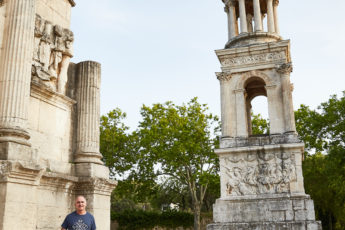
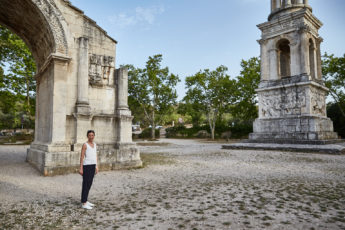

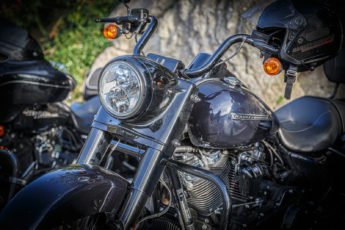
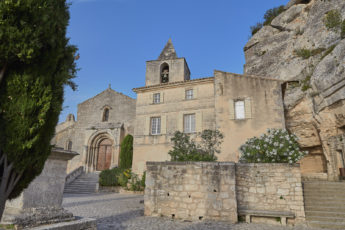
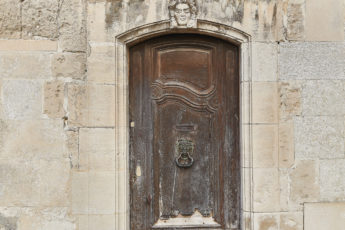

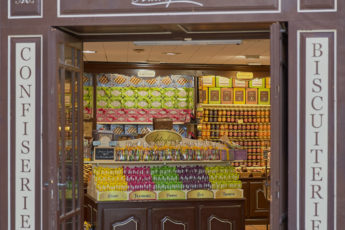
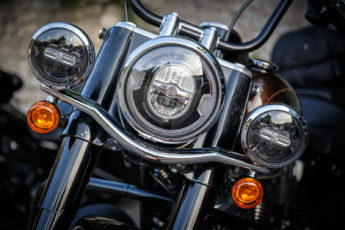

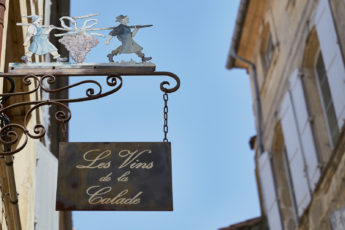
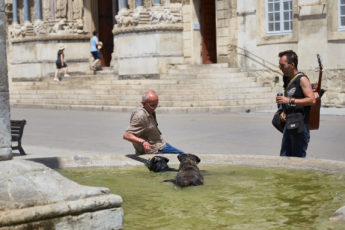
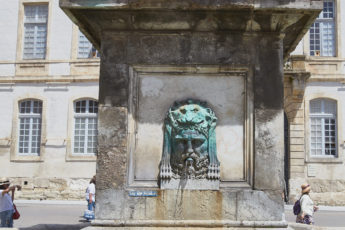
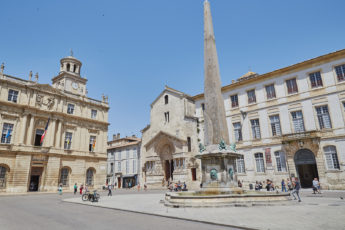
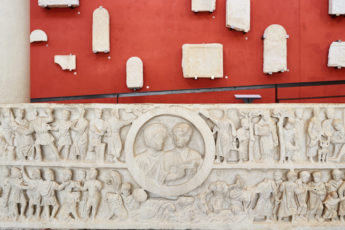
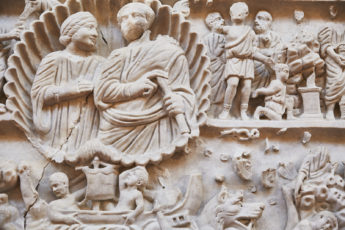
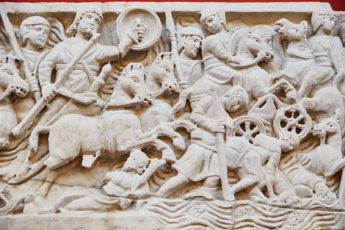
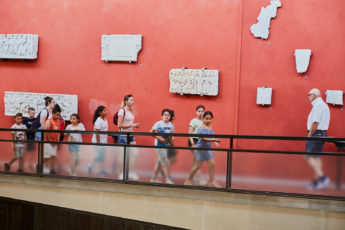
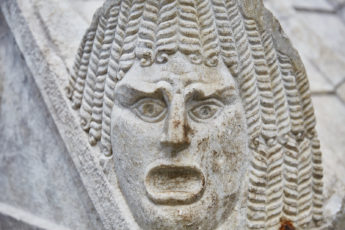
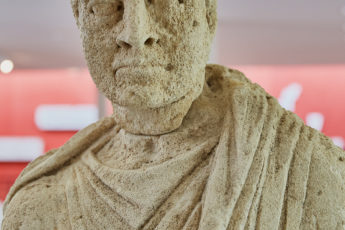
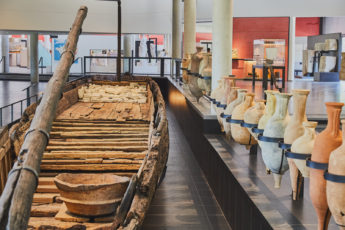
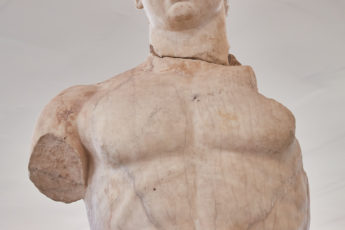
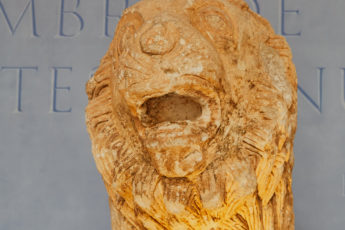
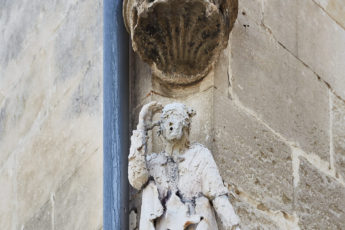
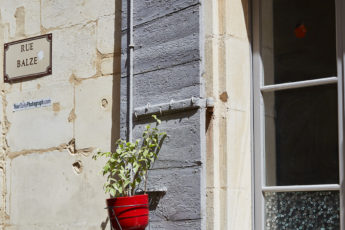
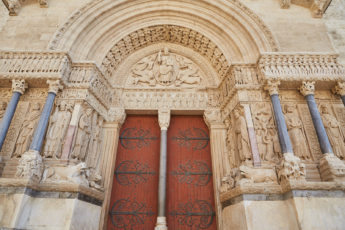
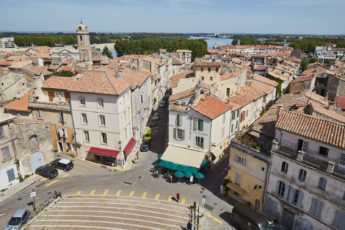
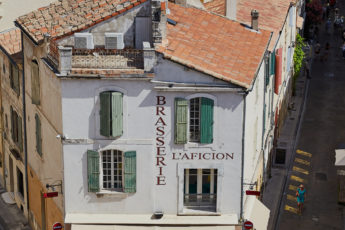
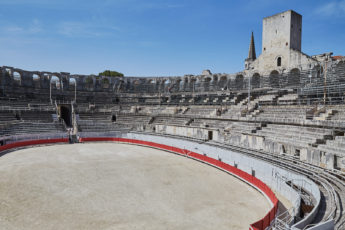

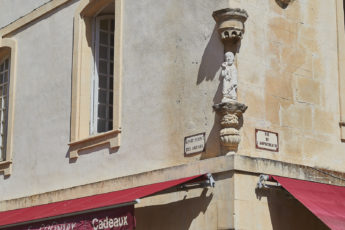
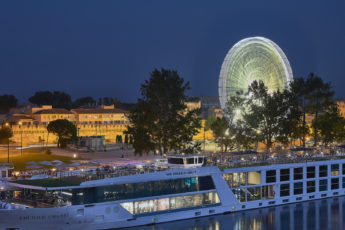
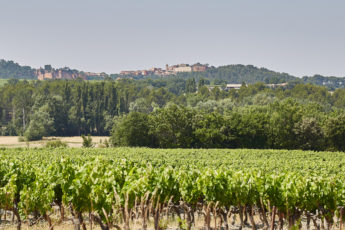
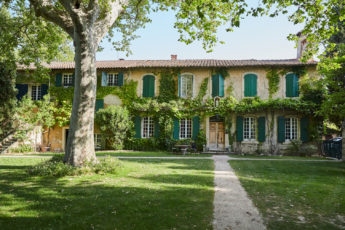
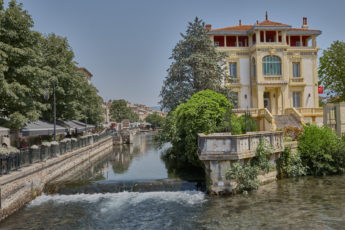
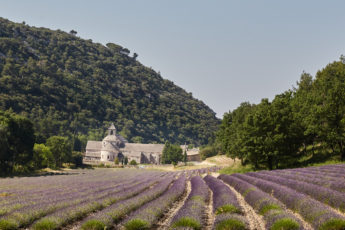
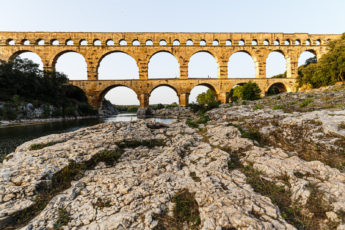
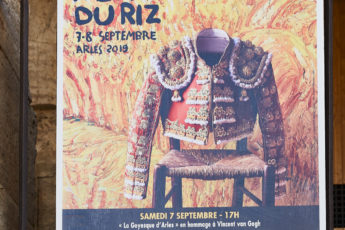
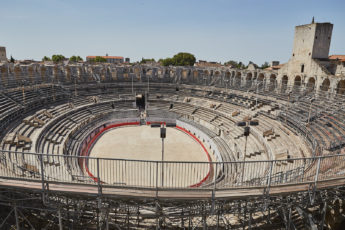
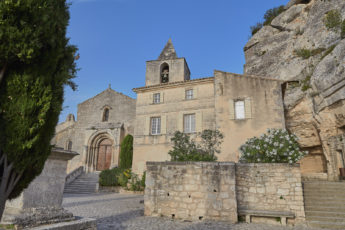
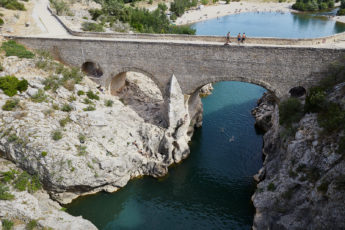
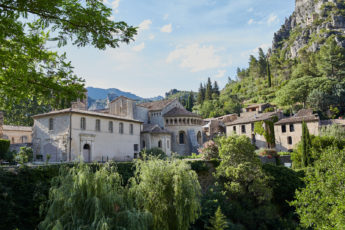
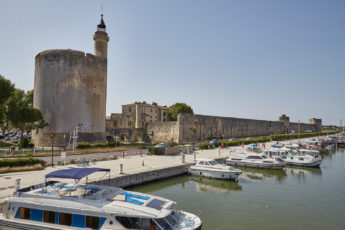
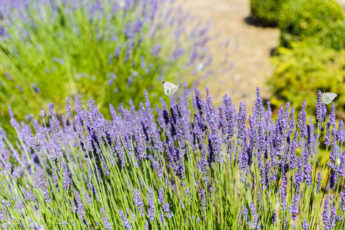
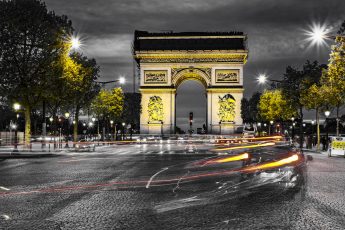
No Comments